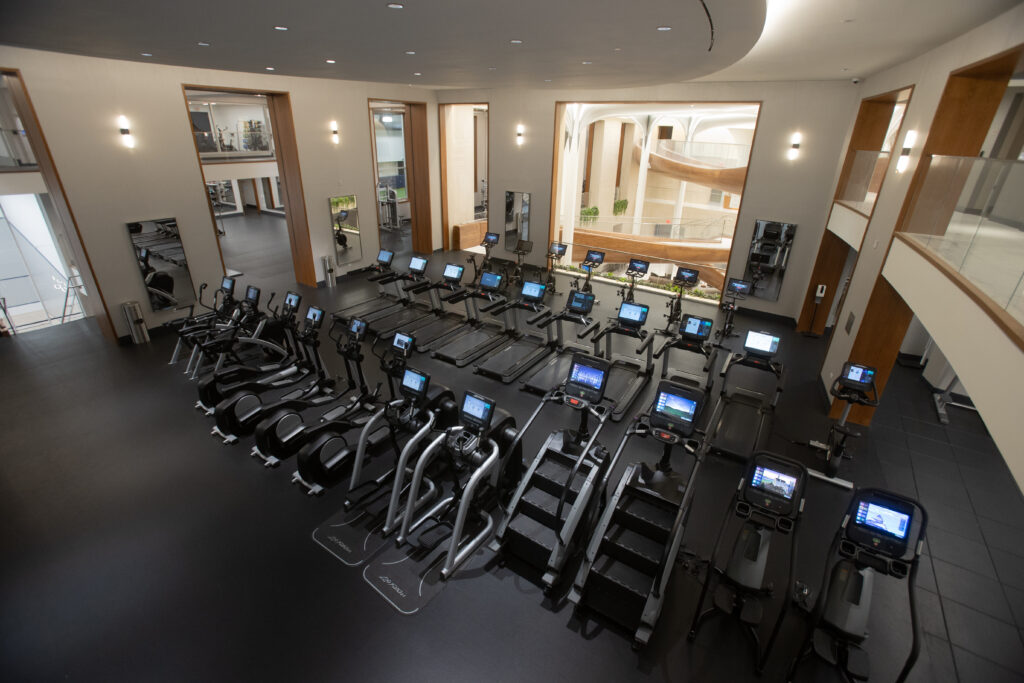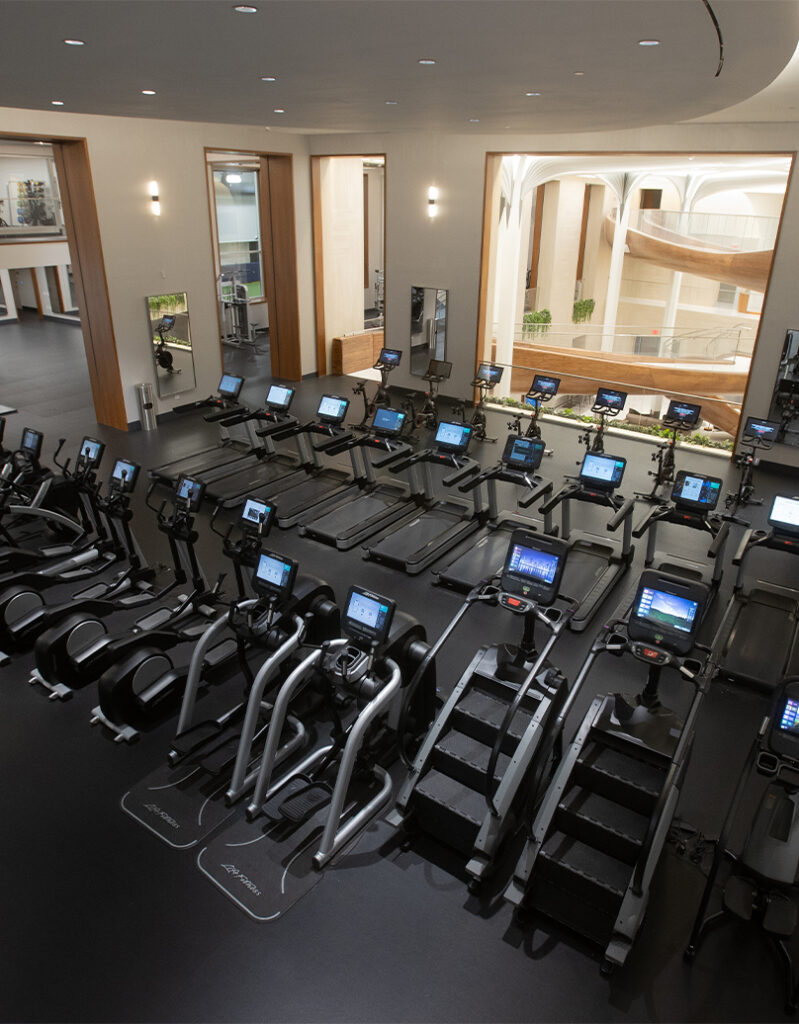
Engaging your community with unlimited opportunities to achieve a wellness-based lifestyle.

Facility Management

LIVunLtd provides staffing, management and programming in any type of venue, from large-scale commercial gyms to residential amenity centers to corporate offices to municipalities to campuses and even waterparks – just about anywhere people gather.

Fitness Equipment
LIVunLtd offers the largest breadth of product on the market, plus preventative maintenance and service.


CONSULTING

As operators ourselves, we have the expertise to guide every facet and every stage of the process – from inception to completion.